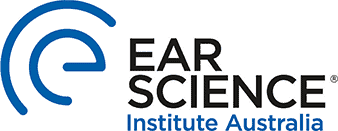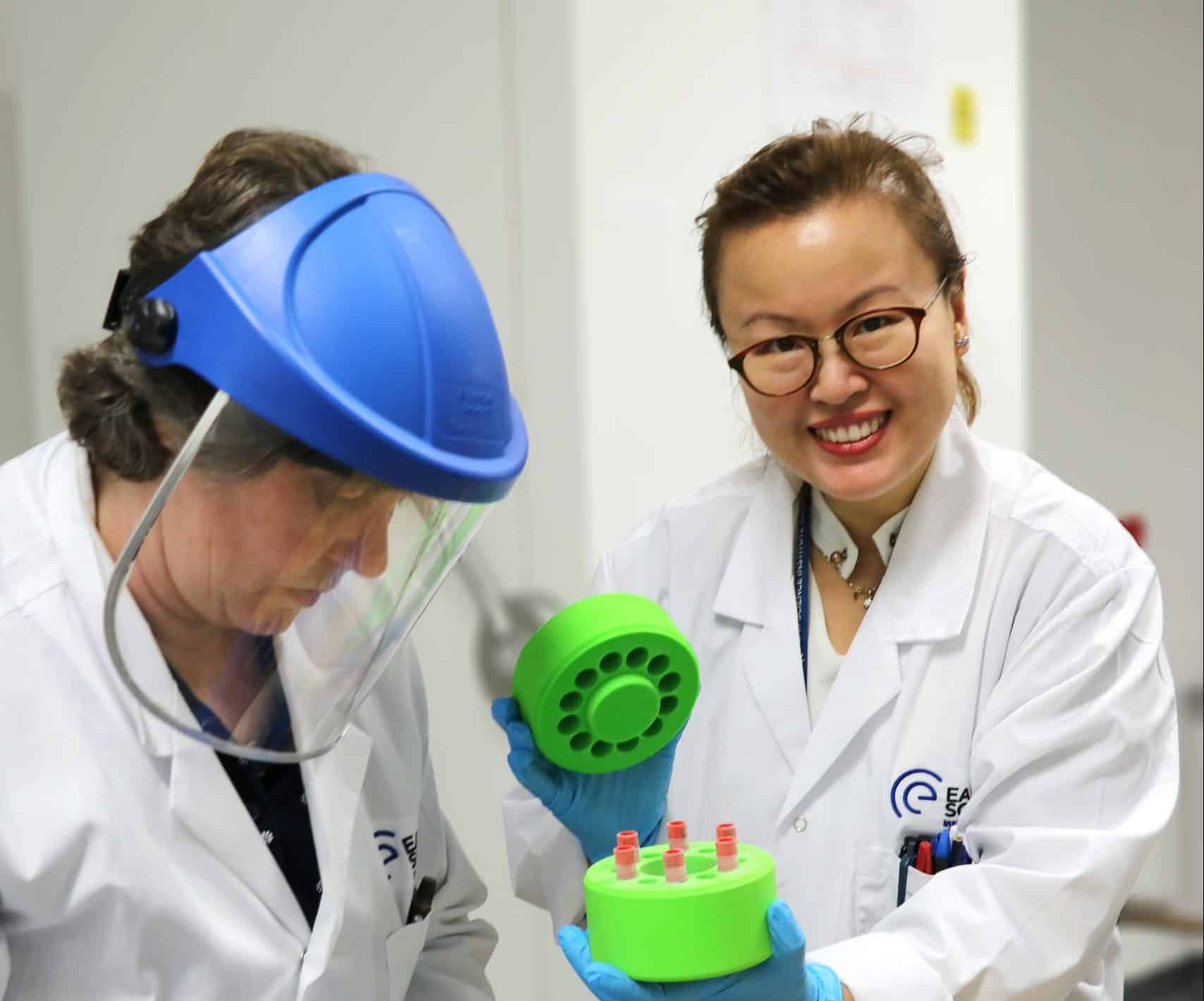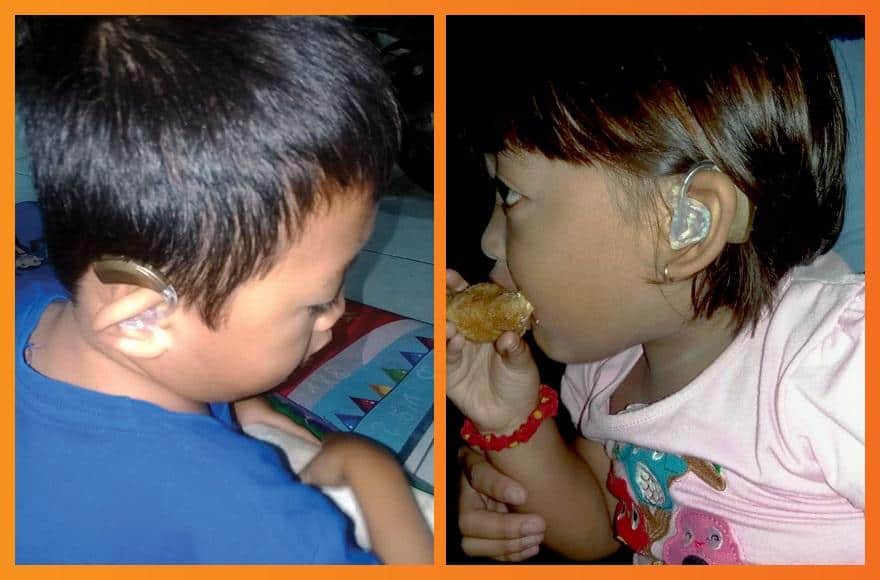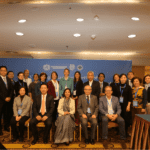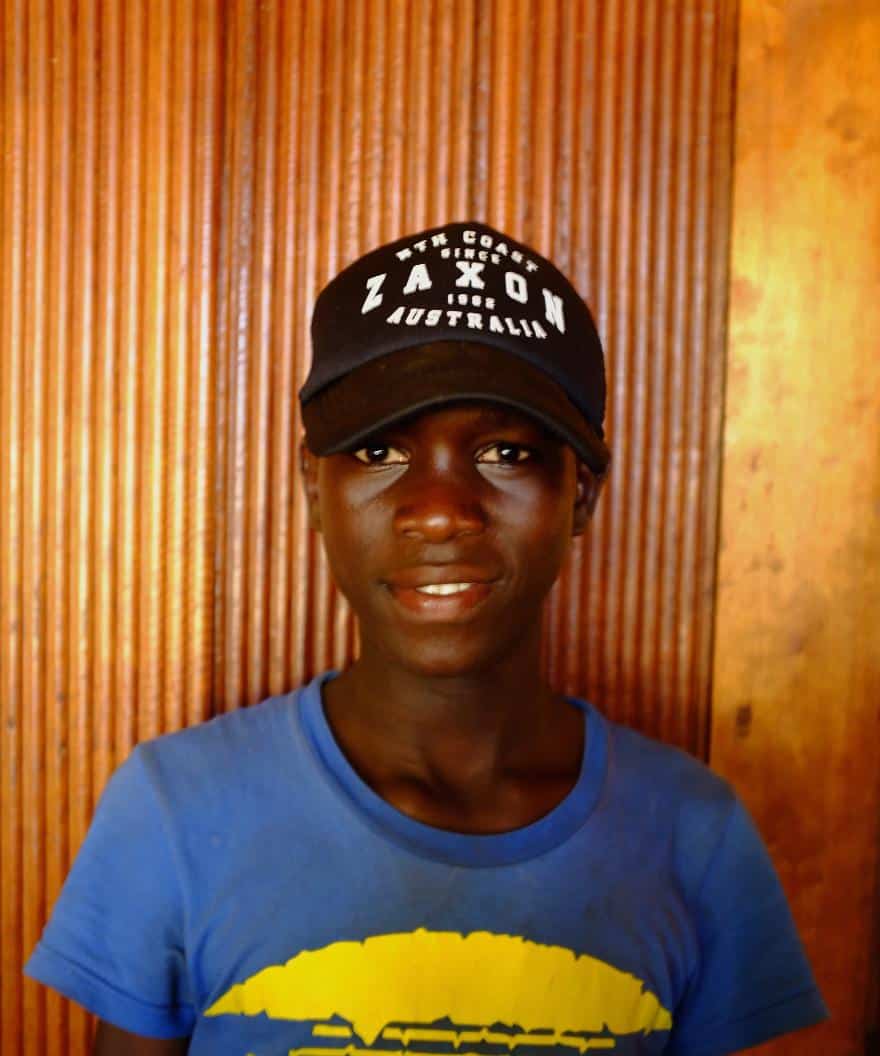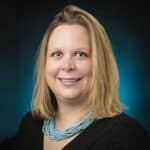We are proud to announce that Ear Science Australia will be developing a first-of-its-kind biobank in Australasia, designed to accelerate genetic therapies for both childhood and adult hearing loss. The Australasian Hearing Registry and Biobank – also known as The Aussie Ear Bank – will be Australia’s first repository dedicated to storing tissue samples linked to genetic-associated hearing loss. This initiative aims to advance personalised care and foster the development of new treatments for hearing loss.
We are excited to share that Jody French and her family, who have experienced three generations of genetic hearing loss, will be the first to contribute to the biobank. Their involvement marks a significant milestone in the project’s journey.
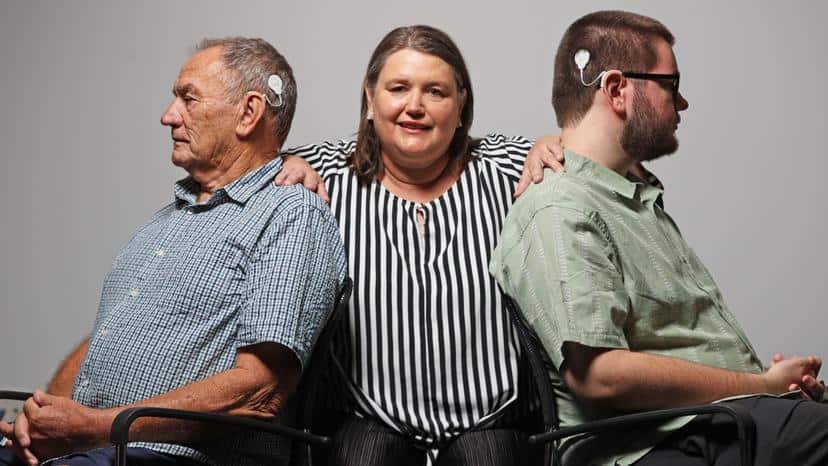
Thanks to the generosity of the Gift of Hearing donations, along with a $500,000 Future Health Research & Innovation (FHRI) grant and a $150,000 grant from the Ian Potter Foundation, we have secured critical funding to bring this pioneering project to life. As part of our announcement, we are also launching a public appeal to support Ear Science with funding and future deposits into The Aussie Ear Bank.
Leading Australia with the First Hereditary Hearing Loss Biobank
We are proud to lead Australia in establishing the first hereditary hearing loss biobank for the nation. Our work brings together researchers, hospitals, clinics, and the community to tackle genetic hearing loss. This pioneering gene therapy offers hope for restoring hearing in patients with genetic hearing loss, an area that is rapidly evolving. With 155 genes linked to hearing loss and new discoveries every day, navigating this complex genetic landscape presents a monumental challenge. However, breakthroughs in therapeutics are only possible through unique collaborations like The Aussie Ear Bank, which connects clinicians and community members to cutting-edge diagnostic tools and genetic analysis, allowing us to pinpoint viable treatments.
Connecting the Global Community to Advance Genetic Research
The Aussie Ear Bank will increase access to genetic samples by linking to both national and international registries through a network of clinicians, researchers, institutes, and patients. This collaborative effort will help Ear Science build research capacity to better understand the genetic causes of hearing loss and develop effective treatments. The biobank will be home to a vast collection of genetic samples, audiometric hearing assessment data, electrophysiological data, and genetic analyses, all stored within Australia’s first digital registry.
The biobank’s establishment will enable Ear Science and our collaborators to address the various causes of genetic-associated hearing loss and drive clinical trial activity across Western Australia, nationally, and globally.
Hearing Loss: A Growing Challenge
Hearing loss remains a major contributor to global disability, currently affecting over 1.5 billion people worldwide. This number is projected to rise to 2.5 billion by 2050, with an estimated 7.8 million people in Australia experiencing hearing loss by 2060. As we age, the prevalence of hearing loss increases: roughly 50% of those aged 60 to 70, 70% of those aged 70 and over, and 80% of those aged 80 and over are affected.
However, hearing loss is not limited to the older population. Permanent hearing loss affects up to 2 in every 1,000 babies born, and the rate increases during childhood, with 3 in every 1,000 children between the ages of 9 and 16 affected. Genes are responsible for about 50% of congenital hearing loss cases, underscoring its importance in addressing this condition.
A Game-Changing Discovery in Hearing Loss Research
New research is changing our understanding of hearing loss. While noise and aging were traditionally seen as the primary causes, recent findings highlight genetics as a significant factor, particularly for middle-aged and older adults. As Professor Atlas explains, “Emerging research, especially at Ear Science, shows that genetics is the key factor in hearing loss for middle-aged and older individuals. This discovery is game-changing, as it opens up the possibility for treatable solutions.”
The potential of a dedicated Australian biobank is truly transformative. Earlier this year, an 11-year-old boy in Philadelphia who had been born with congenital deafness was able to hear for the first time, thanks to a treatment led by an Italian team, which focused on replacing the defective OTOF/Otoferlin gene with a functional one. This milestone demonstrates the promise of genetic therapies, and it is a vision we hope to bring closer to reality with The Aussie Ear Bank.
